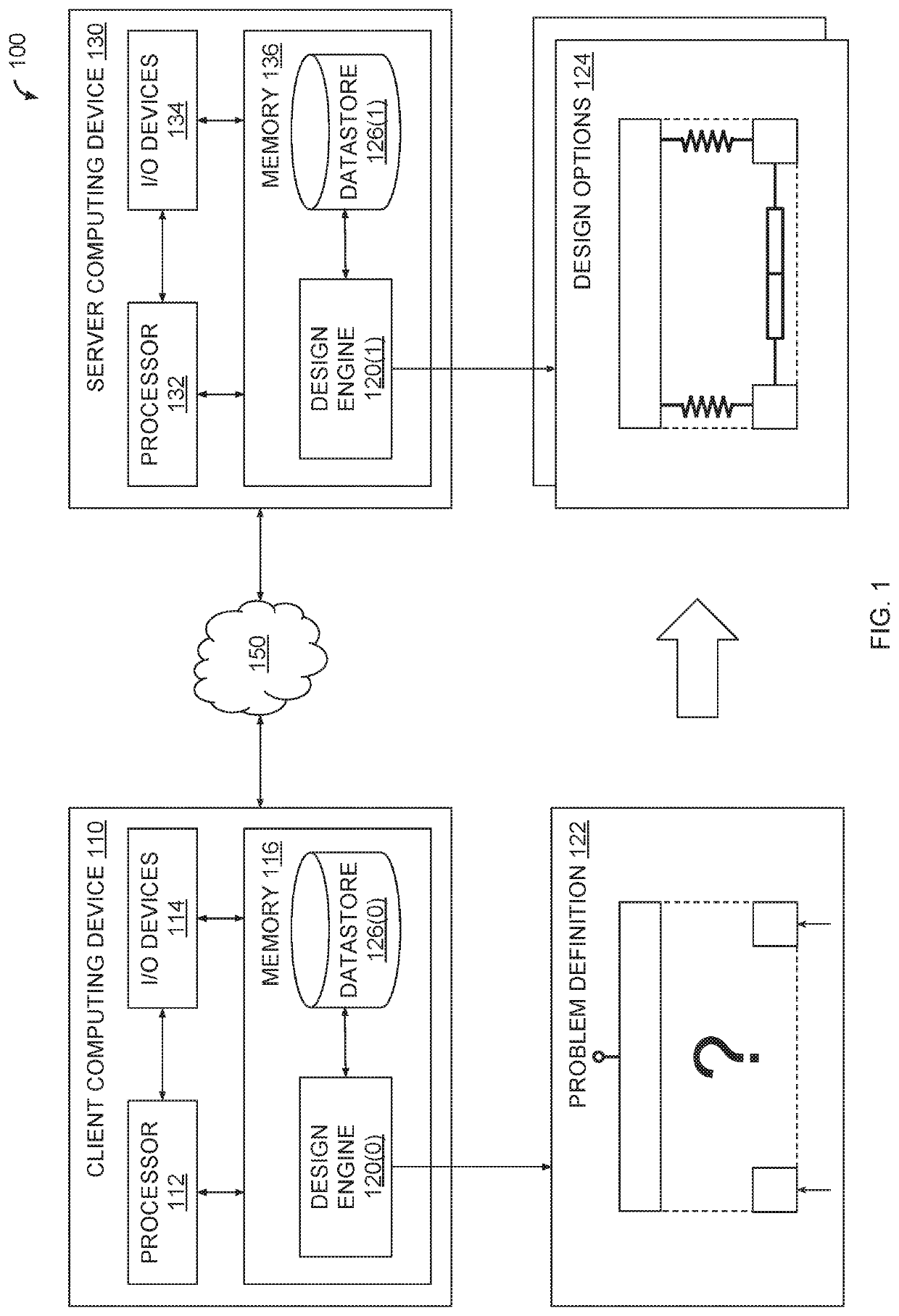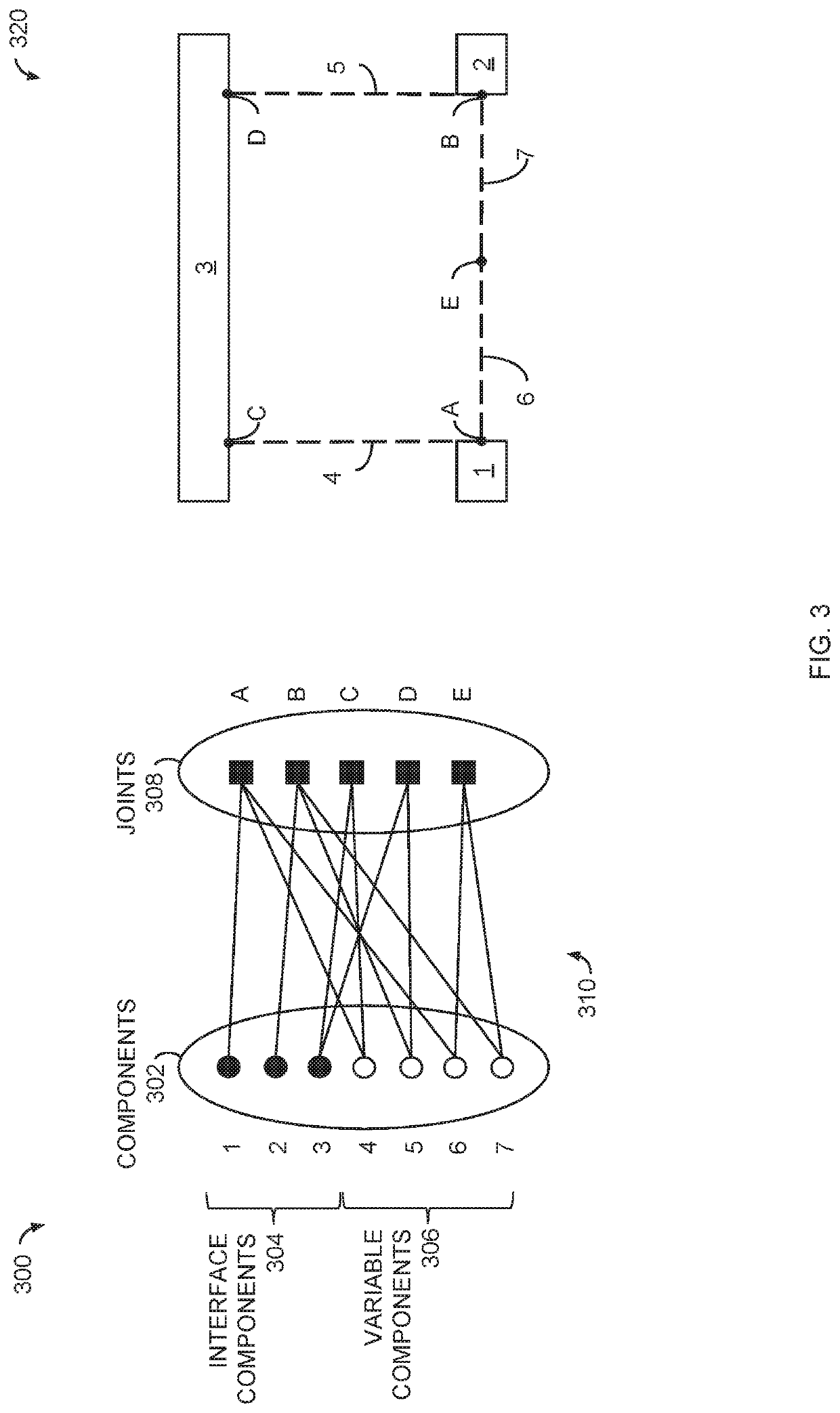Constraint-oriented programming approach to mechanical assembly design
a programming approach and mechanical assembly technology, applied in constraint-based cad, special data processing applications, geometric cad, etc., can solve the problems of insufficient time and effort, the need to transmit torque, and the manual process of each step of the design process, so as to increase the number of successful designs
- Summary
- Abstract
- Description
- Claims
- Application Information
AI Technical Summary
Benefits of technology
Problems solved by technology
Method used
Image
Examples
Embodiment Construction
[0018]In the following description, numerous specific details are set forth to provide a more thorough understanding of the present invention. However, it will be apparent to one of skill in the art that the present invention may be practiced without one or more of these specific details.
[0019]As noted above, with conventional approaches to designing mechanical assemblies, designers must perform a lengthy trial-and-error process to generate successful designs that address a design problem. This process is highly inefficient and therefore cannot be applied to fully explore a design space associated with the design problem. Consequently, only a limited number of successful designs can be generated in a reasonable amount of time.
[0020]To address these issues, embodiments of the invention include a design engine that systematically explores the design space associated with the design problem. The design engine implements a constraint programming approach to generate numerous configurati...
PUM
 Login to View More
Login to View More Abstract
Description
Claims
Application Information
 Login to View More
Login to View More - R&D
- Intellectual Property
- Life Sciences
- Materials
- Tech Scout
- Unparalleled Data Quality
- Higher Quality Content
- 60% Fewer Hallucinations
Browse by: Latest US Patents, China's latest patents, Technical Efficacy Thesaurus, Application Domain, Technology Topic, Popular Technical Reports.
© 2025 PatSnap. All rights reserved.Legal|Privacy policy|Modern Slavery Act Transparency Statement|Sitemap|About US| Contact US: help@patsnap.com



